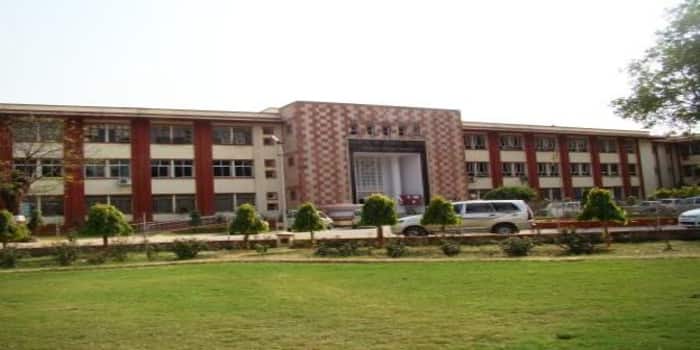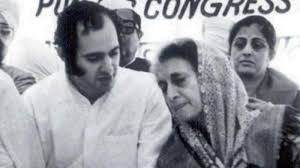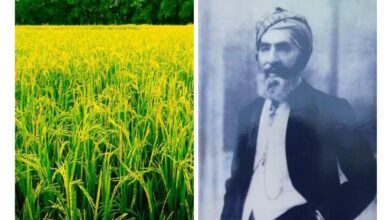AYURVEDIC TREATMENT PROTOCOL FOR COVID-19
Faculty of Ayurveda Institute of Medical Sciences Banaras Hindu University,
Causes:
As of today infection with the new coronavirus (severe acute respiratory syndrome coronavirus 2, or SARS-CoV-2) causes coronavirus disease 2019 (COVID-19).The virus appears to spread easily from person to person among those in close contact (within about 6 feet, or 2 meters), respiratory droplets released when the infected person coughs, sneezes or talks, touches a surface with the virus on it and then touches his or her mouth, nose or eyes[9]. As per Ayurveda, this type of infection occurs due to Pragyaparadha (Intellectual blasphemy)[10], Asuchi11, Bhoota (afflictions of evil spirits)[12], Krimi (Microorganisms), close contact with the infected persons, consumption of denatured plants, polluted air and infected animals.
Pathogenesis of SARS-CoV-2, infection:
severe acute respiratory syndrome
As per Ayurveda the Pathological probability of severe acute respiratory syndrome coronavirus 2 infection may be due to accumulation and aggravation of Kapha Vata (some opines that Vata Kapha) followed by involvement of Pitta within the Pranavaha srotasa. Later on, other srotasa viz. Rasavaha, Raktavaha, Annavaha srotas, Purishavaha srotas etc are also get affected. In this infection dushya are initially rasa and rakta (Components of blood) followed by the involvement of all other dhatus in the advanced condition. Due to mandagni (hypo functioning of bio-fire),
there is a derange digestion and metabolic activities leading to development of Ama (undigested and improperly processed outcome of digestion and metabolism) causing the obstruction in the pranavaha srotas and bring abnormality in the Kapha-Vata dosha to a greater extent. Asymptomatic state (initial 1–2 days of infection) that is the sanchaya stage, the inhaled virus SARS-CoV-2 enters into the body. In the prakopa stage, it binds to epithelial cells in the nasal and buccal cavity producing symptoms like sneezing, rhinorrhoea, mild coughing. In this stage, replication starts and local propagation of the virus can be detected by nasal swabs. In the Prasara stage, the virus multiplication is further enhanced with spread causes the development of symptoms like fever, myalgia, malaise etc.
In the next few days the virus propagates and migrates down the respiratory tract along the communicating airways and localizes there (sthanasamshraya). A complete or partial loss of the sense of smell (anosmia) has been reported in few cases of COVID-19 in this stage. Once the infection localizes in the Pranavaha srotas (respiratory Tract), manifestation of vyaktivastha of the disease takes place with the development of symptoms like Fever, Cough, Myalgia, Fatigue, Headache, Sputum production, Diarrhea, Malaise, Shortness of breath/dyspnea and Respiratory distress etc..
In this stage it will affect the other systems and large number of viral particles is released causing viremia affecting Gastro intestinal & urinary system as well. If proper care and therapeutics are not administered in the vyaktivastha leading to progression of next stage of the disease i.e.bhedavastha and produces complications like severe pneumonia, septic shock, acute respiratory distress syndrome (ARDS), and multiorgan failure, resulting in death.
Schematic representation of Upasarga of Virus followed by involvement of doshas
Accumulation of virus in nasopharyngeal region leads to dosha sanchaya.
Sanchayaa•If the immunity of a person is weak, the infection proceeds to further stages.





